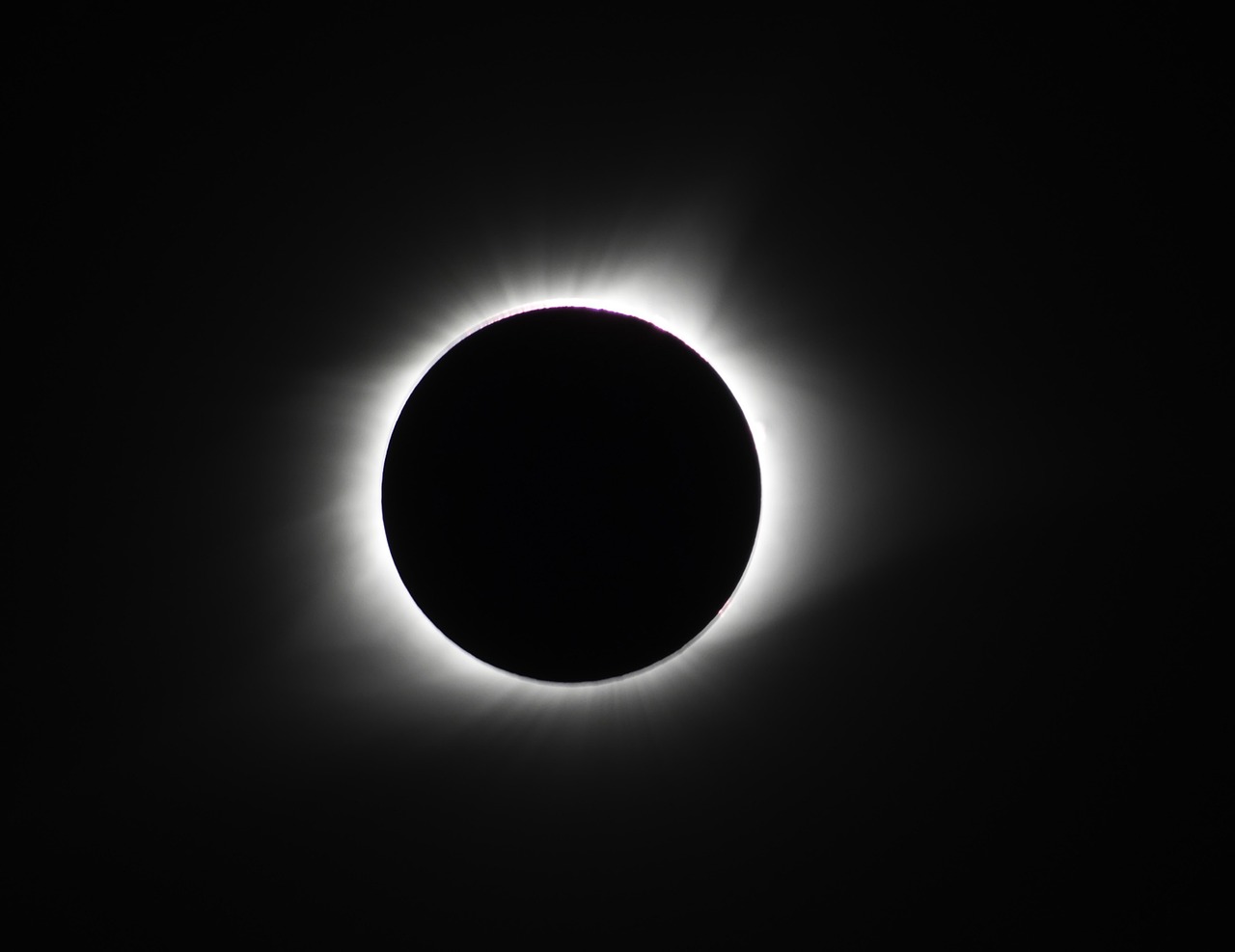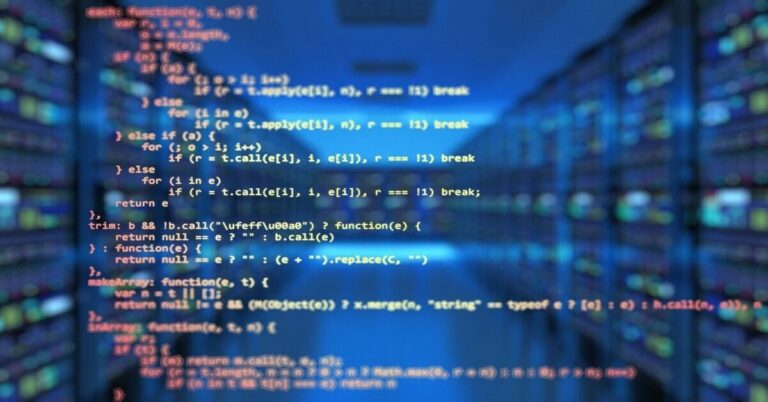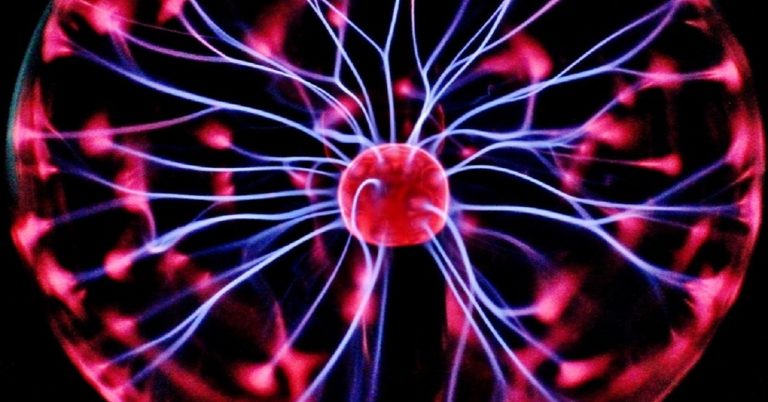Solar Eclipse Glasses – Your Eyes’ Best Friend in the Sky
Table of Contents
- Introduction
- The Dangers of Looking Directly at the Sun
- How Solar Eclipse Glasses Work
- Alternatives to Solar Eclipse Glasses
- Understanding Eye Damage from Solar Radiation
- Tips for Choosing Safe Solar Eclipse Glasses
- FAQs
Introduction
Solar eclipses are awe-inspiring celestial events that capture the imagination of people worldwide. However, the excitement of witnessing this rare phenomenon can sometimes lead to dangerous oversight in terms of eye safety. This blog post will delve into the crucial importance of proper eye protection during solar eclipses and provide you with essential information to safeguard your vision.
The Dangers of Looking Directly at the Sun
Looking directly at the sun, even for a brief moment, can cause severe and permanent damage to your eyes. What makes this particularly treacherous is that you may not feel any pain while the damage is occurring. Here’s why:
- Your eyes lack pain receptors in the retina, the area most vulnerable to solar radiation.
- The discomfort you feel when looking at the sun on a typical bright day is due to your iris rapidly contracting, not because of damage to your retina.
- Eye damage may not be immediately apparent. Symptoms can develop hours or even days after exposure.
The consequences of improper viewing can be severe, including:
- Blurred vision
- Partial loss of vision
- Permanent retinal damage
- In extreme cases, an image of the eclipse can be “burned” into your retina
How Solar Eclipse Glasses Work
Solar eclipse glasses are specially designed to protect your eyes during an eclipse. Despite their flimsy appearance, these glasses are highly effective:
- They are approximately 1,000 times darker than regular sunglasses.
- When worn correctly, you should only be able to see the sun’s disk and the brightest lights.
The glasses typically consist of two layers:
- An outer layer that reflects a significant amount of light
- An inner layer made of a dark polymer that absorbs most of the remaining sunlight
These layers work together to reduce the sun’s brightness by up to 1,000 times, making it safe for direct viewing.
Alternatives to Solar Eclipse Glasses
If you don’t have access to proper solar eclipse glasses, there are safe alternatives:
- Pinhole Viewer: Create a simple device that projects the sun’s image onto a surface for indirect viewing.
- Colander Method: Use a kitchen colander to project multiple images of the eclipse onto a flat surface.
These methods allow you to observe the eclipse without directly looking at the sun, ensuring your eyes remain protected.
Understanding Eye Damage from Solar Radiation
To appreciate the importance of eye protection, it’s crucial to understand how solar radiation can damage your eyes:
- The retina, located at the back of your eye, is particularly vulnerable to solar radiation.
- Within the retina are photoreceptor cells called rods and cones, which interpret light and color.
- Direct exposure to intense sunlight, even for a few seconds, can damage or destroy these cells.
- Using optical devices like binoculars or telescopes without proper filters can accelerate and intensify this damage, potentially leading to blindness.
Tips for Choosing Safe Solar Eclipse Glasses
When selecting solar eclipse glasses, keep these points in mind:
- Look for glasses that comply with the ISO 12312-2 international safety standard.
- Purchase from reputable suppliers or science museums.
- Check for any scratches, punctures, or damage before use.
- Ensure the glasses are not older than three years, as the protective coating can degrade over time.
- If in doubt, consult NASA’s list of reputable vendors of solar filters and viewers.
Remember, your vision is precious. It’s always better to err on the side of caution when it comes to eye safety during a solar eclipse.
FAQs
Q: Can I use regular sunglasses to view a solar eclipse?
A: No, regular sunglasses, even very dark ones, do not provide sufficient protection for viewing a solar eclipse.
Q: How long can I safely look at the sun with proper solar eclipse glasses?
A: With certified solar eclipse glasses in good condition, you can view the partially eclipsed sun for as long as you wish. However, it’s recommended to take breaks and not stare continuously for extended periods.
Q: Is it safe to take photos of a solar eclipse with my smartphone?
A: While brief exposure may not damage your phone’s camera, it’s best to use a solar filter on your camera lens. Never look at the sun through your camera, smartphone, or any other optical device without proper eye protection.
Q: Can I reuse my solar eclipse glasses for the next eclipse?
A: If your glasses are less than three years old, not scratched, and have been stored properly, they may be safe to reuse. However, always inspect them carefully before use and replace them if you have any doubts.
Q: Is it ever safe to look directly at a solar eclipse without protection?
A: The only time it’s safe to look directly at a solar eclipse without special eye protection is during the brief total phase of a total solar eclipse, when the moon completely blocks the sun’s bright face. As soon as any part of the sun begins to reappear, you must use your solar filter again.
By following these guidelines and using proper eye protection, you can safely enjoy the wonder of a solar eclipse without risking your vision. Remember, no view is worth permanent eye damage, so always prioritize safety when observing celestial events.




